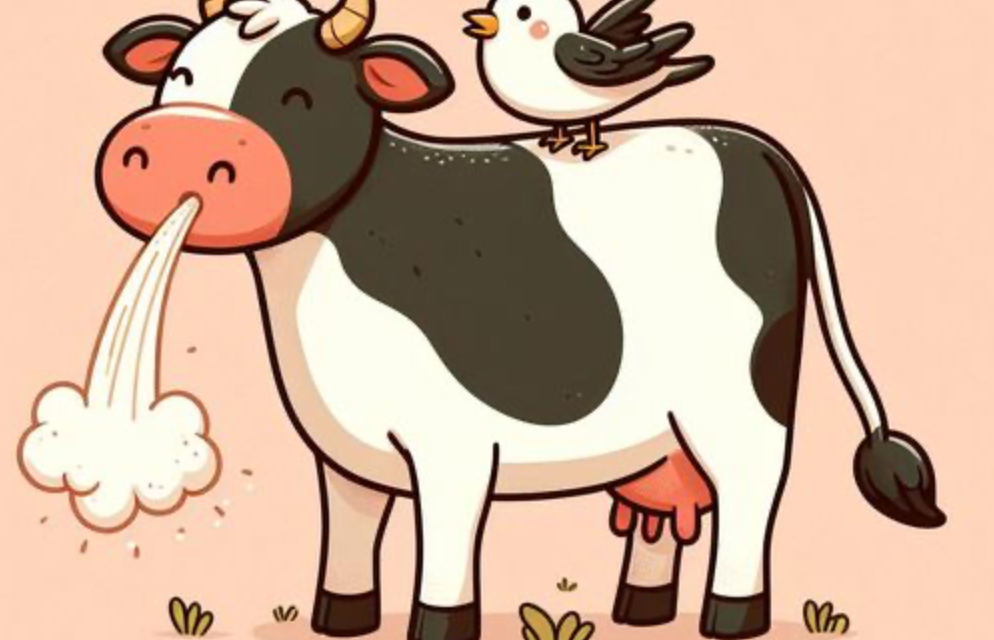You can keep eating beef.
You can keep drinking milk.
At least, for now.
Sometimes a few cases of a relatively obscure disease can send state health officials into full panic mode; however, a Wednesday, April 10 statement released by the North Carolina Department of Health and Human Services (NC DHHS), regarding Avian Flu detected in a North Carolina dairy herd, was met with a calm and rational response.
According to the North Carolina Department of Agriculture & Consumer Services, the disease known as Highly Pathogenic Avian Influenza was detected in a dairy herd in North Carolina. The disease had previously been detected in dairy herds in a number of other states, including Texas, Kansas, Michigan, Idaho, New Mexico and Ohio – but not in North Carolina.
It may be a little strange to think of cows getting bird flu, but that’s what’s happening. So far, there have been no reports of instances of birds being infected with cow flu.
The North Carolina Department of Health and Human Services issued a statement on Wednesday in light of the appearance of bird flu in this state’s cows.
“The NC Department of Agriculture and Consumer Services and the NC Department of Health and Human Services are in close communication on this matter,” it reads. “Both agencies believe the overall risk to the general public remains low. There are no concerns with the safety of the commercial milk supply at this time because products are pasteurized before entering the market. People should not consume or prepare food with raw or unpasteurized milk.”
State health officials said this week that rapid identification of the Avian Flu in the herd in North Carolina along with the swift collaboration of local, state and federal agricultural agencies and their public health partners were an example of “a unified, coordinated response and action plan to ensure the safety of people and families.”
If you want more information from the USDA on Highly Pathogenic Avian Influenza in dairy herds visit www.aphis.usda.gov/sites/default/files/hpai-dairy-faqs.pdf


Cow flu, avian flu, monkeypox, covid, spider bites, tick bites, lions, tigers, and bears! Oh my! Stay at home, mask up, get govt checks, social distancing from politicians, ad nauseum. Or move to Iceland.
I 9ften wonder why, whenever avian flu is detected in a flock, the whole flock 8s culled. It would stand to reason that the flock should be isolated, the sick birds culled and those that survive the strain of flu and show resistance, be bred. Propagate the resistant birds and in effect breed herd immunity into to subsequent flocks.
So avian flu has been found in a dairy herd; the question is how many cows have become ill or died? Is this an 3xcuse to administer modified mRNA vaccines into our food supply? I read recently that pork producers have started using these mRNA shots on pigs. H9w do these chemicals affect the meat? Does cooking inactivate the modified RNA? Will our food supply start suffering adverse effects of these shots? There seems to be a lot 9f unanswered questions.